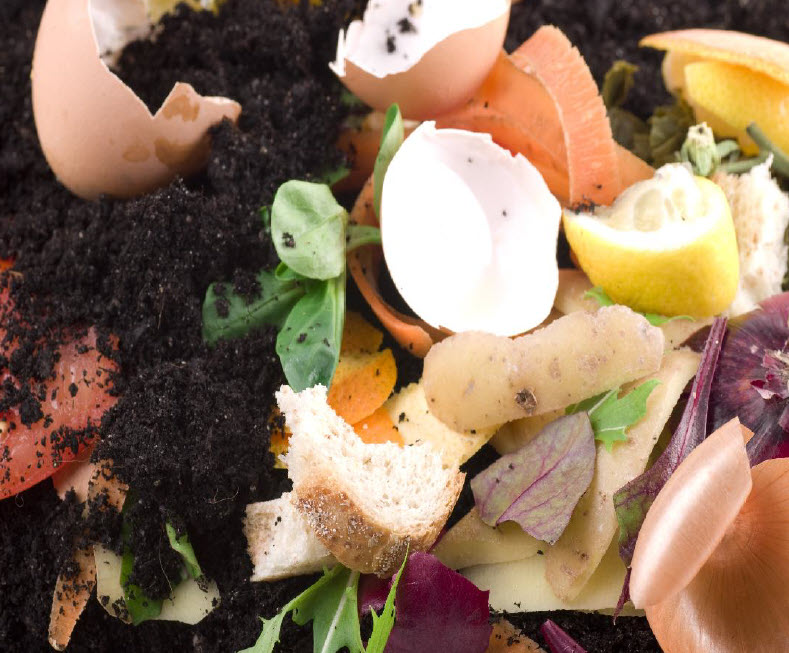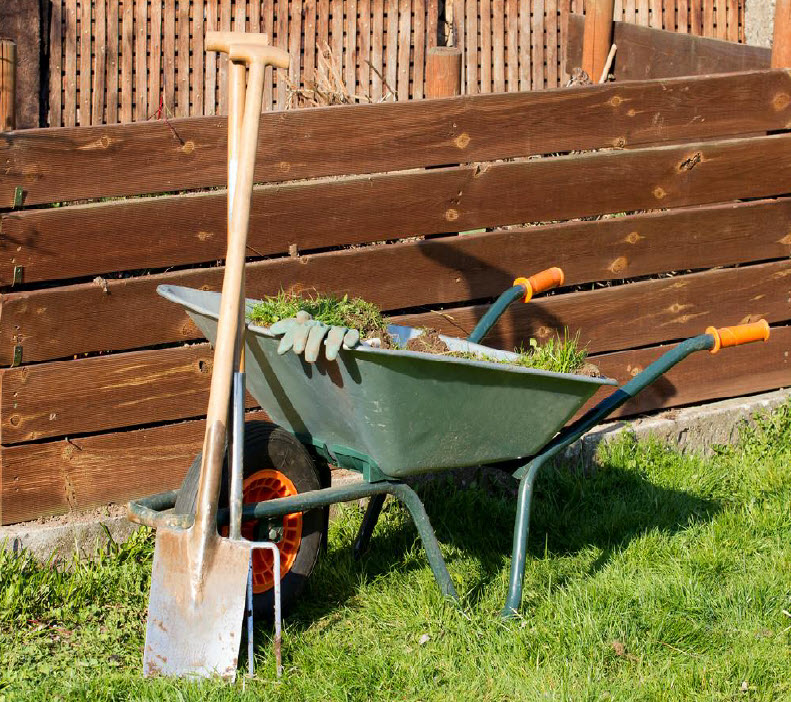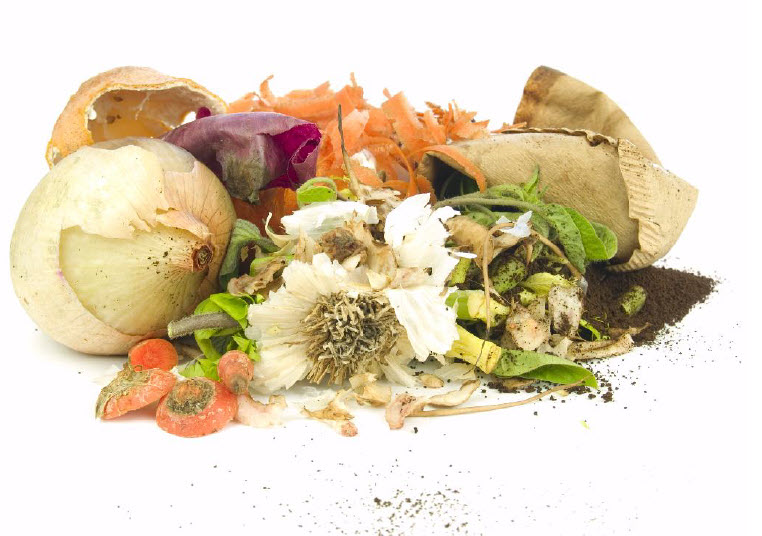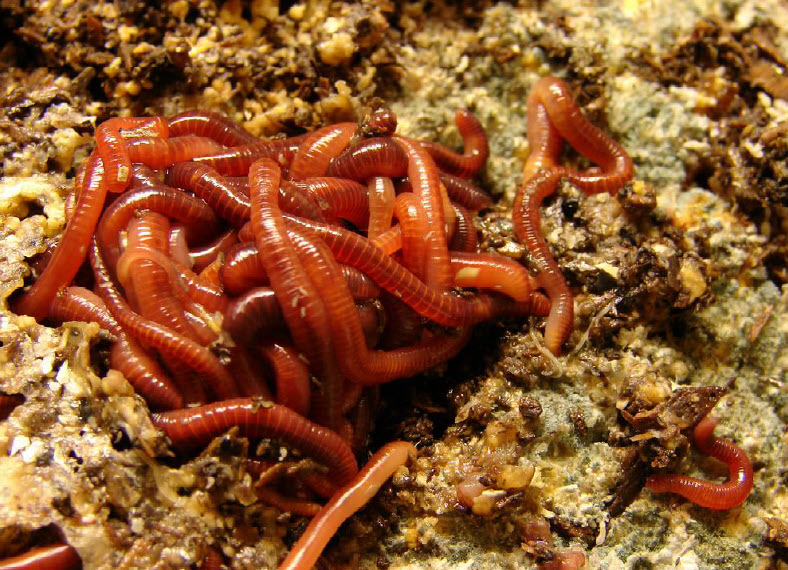Designing and Building a Compost Demonstration
Homeowners often express interest and even zeal for the concept of composting, but they hesitate for a variety of reasons. There is a preconception that compost is bulky, ugly, and difficult to manage. Yet a composter can be as small as a wheel barrow or it can be highly decorative. Composting equipment can be scaled to fit the amount of organic matter and time available and the physical capabilities of the individual.
Operating an on-site compost demonstration offers the water utility an opportunity to display various composting options, allows visitors to view the stages in compost development, and can be used for workshops and tours. An appropriately designed composter requires moderate maintenance and can be used to recycle available materials.

Ideally, compost should be made in a location where materials are available and close to the site where the finished compost is used. Many utilities have a physical location such as an office where the landscape and compost activities would enhance the facility’s appearance. The composter could be situated within a larger water-smart landscape demonstration. Alternatively, the compost demonstration could be developed in collaboration with a public park or area school.
Mulched or permanent footpaths will enable visitors to explore the demonstration. For larger composting bins, the location should also be accessible by vehicle and wheelbarrow and have a source of water. A heavily mulched zone of at least a foot around the bin provides all-weather access and keeps the facility looking neat and appealing. The bin can be located in full sun or shade. In fact, a wooden bin incorporated into a shady, landscaped zone can be very attractive.
Although composters are simple structures, it is wise to invest in quality construction. One of the concerns in both home and business settings is that composting may look “trashy.” Of course the microorganisms in the compost won’t notice, but make sure to use sturdy, attractive materials and quality construction methods. For instance, bracing and setting posts in concrete or using weatherproof materials will keep a compost center from becoming ramshackle after a few years of use.
There are a number of ways to compost, but three methods are probably best suited to residential use: small, medium, and large. Each of these units is constructed and managed differently, so installing demonstration units of several systems can show consumers how composting can fit into any land-scape plan.
For an average family with a moderately-sized yard, two bins, each with a 1m3 volume (or approximately 3 ft x 3 ft x 3ft) can accommodate all of its lawn and household organic waste. Constructed of sturdy wire and supported by 4-inch by 4-inch posts set in concrete, the bins are placed directly on bare earth. The materials are mixed and aerated manually and can be managed as hot or cold compost. (Composting procedures are explained in more detail in the section “How Is Compost Made?”)

For smaller families and yards, a purchased composter may be a better fit. Plastic bins with sliding doors are stocked by most home improvement centers and are available online. Rotating bins mounted on legs have been too expensive for the casual composter, but moderately priced models are now available. These bins require less labor to mix and turn the compost and are easier to maintain in small spaces. They do have the disadvantage that they don’t allow soil microorganisms to access the pile from underneath and so may need inoculating with starter compost.
Traditional wisdom has held that compost cannot be made in very small spaces. However, a compost pile can be maintained in an area as tiny as an old wheelbarrow. This is a great option for individuals with very small yards or physical limitations and for small households. A very small bin also has the advantage of being potentially decorative. It can be visually incorporated into a flower bed or patio arrangement and surrounded by blooming plants and pots.
Finally, kitchen waste can be composted quickly in an area as small as a plastic storage box through vermiposting. Eisenia foetida, also called red wigglers or compost worms, can eat their way through lettuce, left over vegetables, coffee grounds, and small amounts of paper towels and newspaper with amazing speed. They leave behind rich, fine compost that nourishes pot plants and seedlings. Although commercial worm bins are available, worms will live and work happily in a ten-gallon storage box with ventilation and drainage holes drilled in the sides and bottom and placed on a shaded deck or cool storage area. The worms are most active between from 60 to 80oF, but can tolerate temperatures from about 38 to 95oF for short periods.

Compost worms are not the same as earthworms (Lumbricus terrestris). Also compost worms cannot survive in regular garden soil. There are numerous sources of worms, including on-line suppliers, many of which maintain web sites rich with vermiculture tips.
